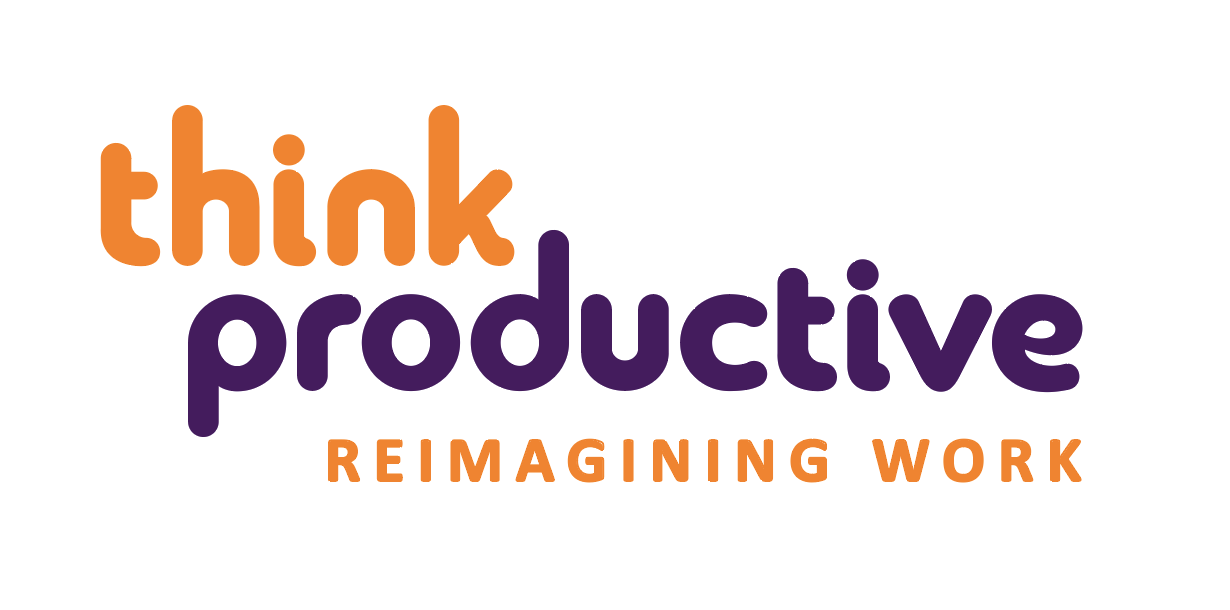Have you read our first 2 posts in this series? If not, check them out here:
———————————
(Image courtesy of mrgarin via Flickr Creative Commons)
 We’re going to look at two checklists to structure your Review habit: Weekly and Daily. Think about the Review habit as the time when your boss-self and worker-self sit down together and plan out the work. A good Review habits promotes clarity, reduce stress, increase control and boost productivity.
We’re going to look at two checklists to structure your Review habit: Weekly and Daily. Think about the Review habit as the time when your boss-self and worker-self sit down together and plan out the work. A good Review habits promotes clarity, reduce stress, increase control and boost productivity.
THE WEEKLY CHECKLIST
A concentrated thinking period of somewhere between an hour and two hours a week is enough to ensure the playful, productive momentum and control we need for the rest of the week.
The Weekly Checklist is the time for reflecting, deciding, re-prioritising, strategising, visioning and breathing new life into projects and actions in preparation for the next set of battles. It’s the ultimate time for preparedness, mindfulness and occasional unorthodoxy that you wouldn’t have harnessed without having time set aside for concentrated thinking.
The Weekly Checklist ensures that your Master Actions List is up to date and keeps you familiar with what’s on the list for the week ahead.
Everyone’s checklist is different, although there are some consistent themes in a consistent order that characterise the Weekly Checklist. These are:
- Get all of your inputs back to zero – essentially a mini-version of Capture and Collect – check emails, social media, scribbled notes inyour pocket and phone messages
- Get your second brain up to date – Are there any ‘unconscious projects’ that you haven’t named and recorded? Any that you’ve been thinking about or contemplating whether to do, but haven’t started consciously managing in your system? Go through your calendar and lists to make sure there’s nothing you’ve missed.
- Think ahead – The Think Ahead stage is where start to visualise the coming week and ensure that your Master Actions List does indeed contain all of the necessary actions you can be working on. Make sure that every project you are working has a “next action” that you can carry out.
- Get ready – Getting ready is like preparing your kid’s bag for school the night before to avoid early morning panic, or preparing a great packed lunch to take to work tomorrow. Do you need to print anything out for the coming week? Do you have any tickets or directions you need? Confirm any upcoming meetings and brief if necessary.
- Questions – The final stage of the Weekly Checklist is where your boss-self and your worker-self have a quick reflective and preparatory conversation with each other, recognising jobs well done and also what might be hard in the next week. Go through your weekly action list and project list – has anything become “sticky”, do you need to rethink anything? Have a think how you’re feeling – are you tired? Is the upcoming week going to be a tough one?
THE DAILY CHECKLIST
The Daily Checklist is a very short process designed to kick-start your day. It’s not compulsory: if you have a day out of the office, out of the normal flow of things then it’s not even that necessary to do a Daily Checklist at all. However, if you’re going to spend a good proportion of the day working through items on your Master Actions List, then this process will turbo-charge the day.
The Daily Checklist comprises five questions that you should ask yourself. In total answering all of these questions should take no more than five minutes.
 Calendar: What’s in my calendar today and are there any deadlines looming in the next 3-5 days?
Calendar: What’s in my calendar today and are there any deadlines looming in the next 3-5 days?- Big Rocks : What would a good day of actions look like today? What would I have ticked off? What’s the one or two or three ‘big rocks’ that need some focus and mental heavy lifting?
- Resistance: Out of those tasks, which am I most likely to resist wanting to do? And why? (Once you’ve decided this, move this to first on your list for today and do it whilst you’re feeling fresh! How nice to know that once done, the day is easier from then on in, having done the hardest thing first!). We’ll talk more about big rocks and resistance in the next chapter.
- Attention Management: Out of those tasks, which of them requires the intense concentration of my proactive attention, and which can be done during inactive periods? (Use this question to start to shape the schedule of your day.)
- Dependencies: Are any of the things I’ve chosen time-dependent, people-dependent or resource-dependent? (In other words, is there a necessity to when any of these tasks get done?)
At the end of this brief process, you can then create your Daily To-Do List. You might also like to decide to schedule the times or frequency during the day when you’ll deal with your email and do other Capture and Collect phase and Organise phase activities, so that you’re really clear about how much of the day you’ll be able to spend in Do-mode. Time, attention, priorities, tactics and mindfulness – all in a fabulous five-minute burst of thinking!
Want to find out more about the CORD Productivity Model? You could attend one of our public time management workshops (with a difference) or arrange for us to come to you, with our in-house productivity training.


 Calendar: What’s in my calendar today and are there any deadlines looming in the next 3-5 days?
Calendar: What’s in my calendar today and are there any deadlines looming in the next 3-5 days?